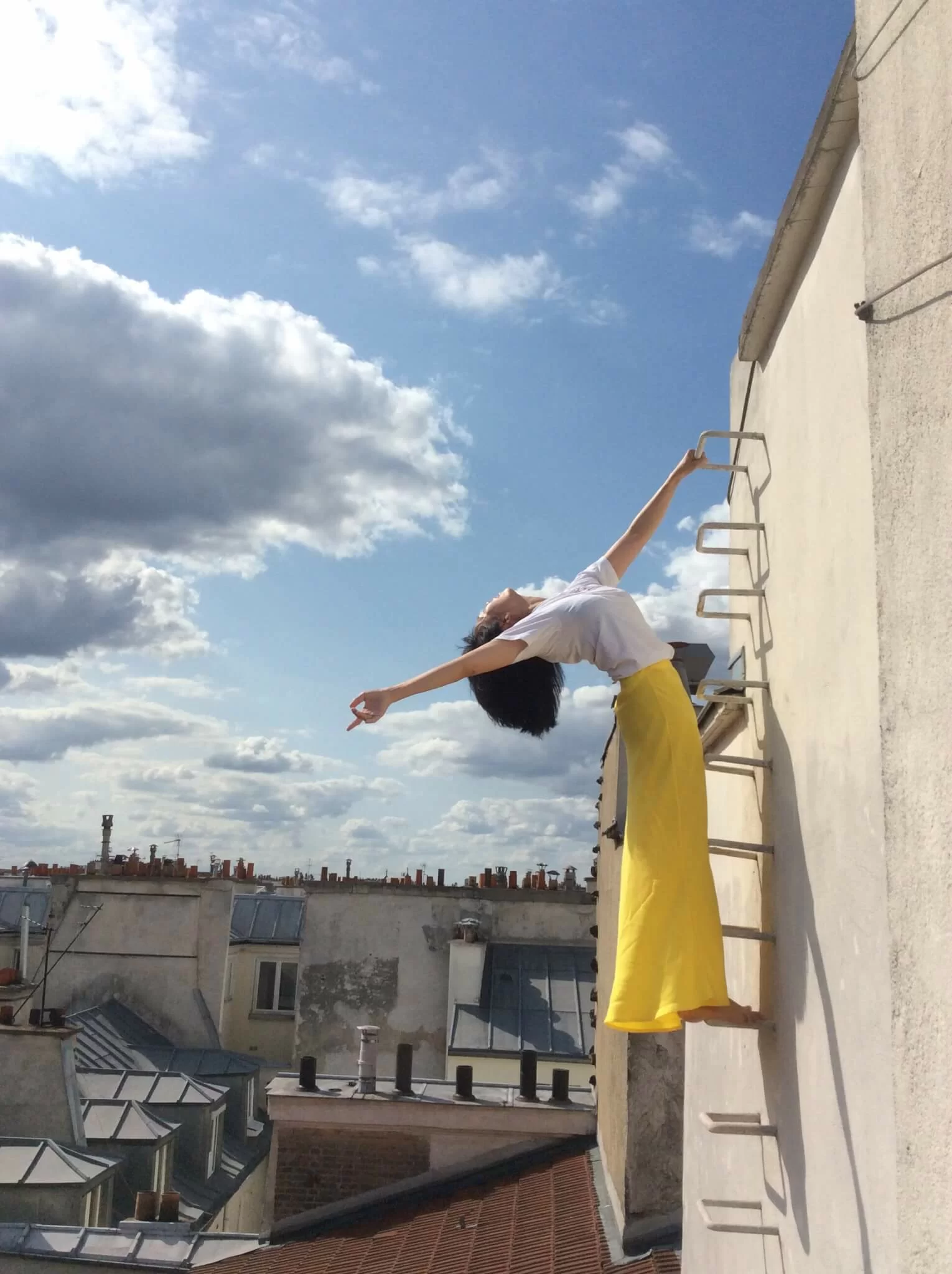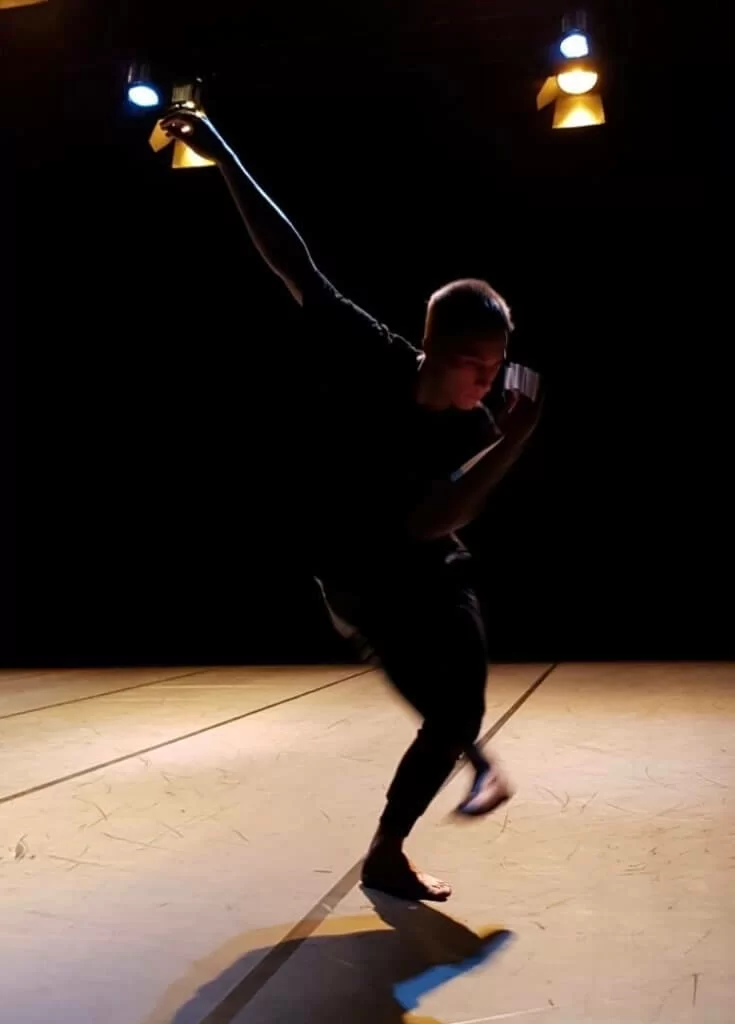“What do you mean, ‘if I can’?” Jesus asked, “Anything is possible if a person believes.”
Mark 9:23 NLT
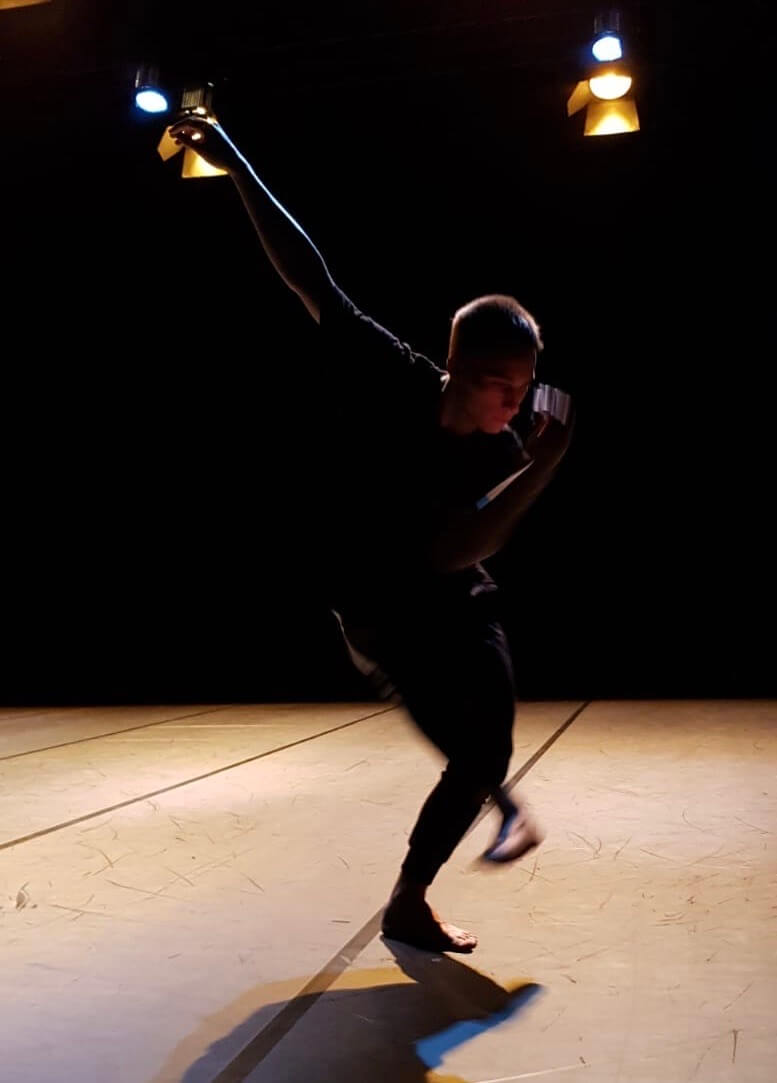
I went too fast and threw myself against the wall while trying to do the handstand. I banged my head so hard that it startled everyone in the studio. Yet, I did not feel the pain as my body was filled with rage because I had failed to do it the first time. I did not want anyone to touch me or help me. I waited back in line for my turn to do it again. My brain was silent. My body was flowing. Fast floor rolls to the other side of the studio and a handstand against the wall — that was the required dance phrase.
My turn came and I went for it again. The sharp pain in my knees did not bother me. Then there it was, I did it! I did the handstand with perfect form. I let out of a breath. I felt a sense of peace. As I was coming down from the pose, I was startled by loud clapping. I turned around and there they were, all my classmates clapping and smiling at me — for making the movements like a hardcore rebel.
It was a moment to remember. Not only because I did something that I could not do before, but the unexpected cheering and lovingness from my 16- to 21-year-old classmates were heartwarming.
I can’t explain what was going through my body in those moments. I could only attribute it to a leap of faith. Faith in knowing and believing that I could do it. There was no dialogue with myself. I just felt the trust — trust that my body would catch me and support me. It felt very peaceful, even though it was pretty hardcore. I love those feelings — in dance and in life.
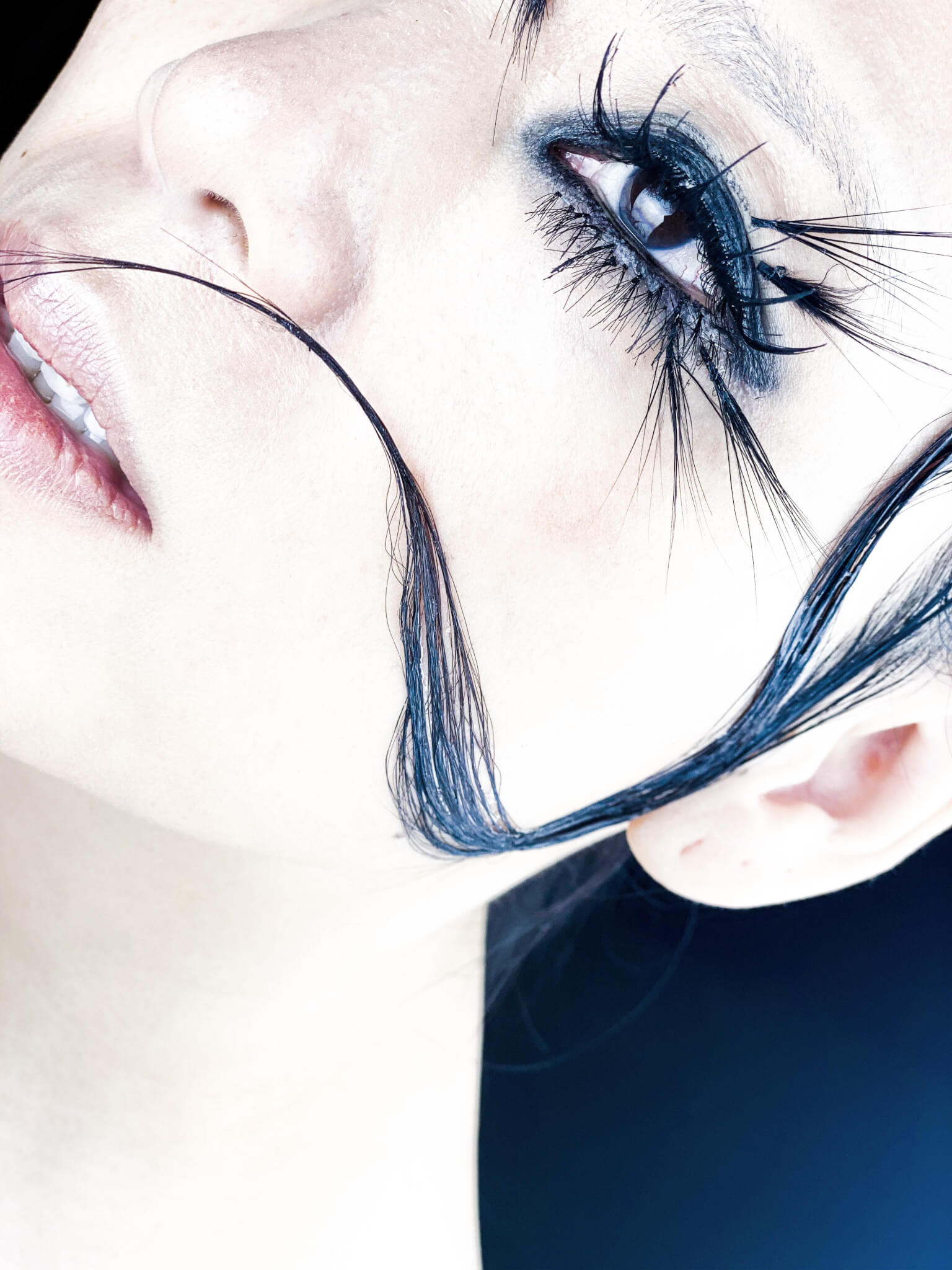
People have asked me how I mustered up the courage to leave a stable job at Apple Inc. and move to Paris to take up dance when I hardly knew anyone here and did not speak French. The truth is there was no courage involved. Just peacefulness and a sense of “Yes, this is what we are going to do”. I used the word “we” as it was a decision that my body made and my brain followed.
I have had to learn how to make peaceful decisions like this. For a long time, I would go for things that felt exciting in the head. Almost always, things that felt exciting in the head were not necessarily the best things for me. It has been said that sometimes our brains do not know us best. The brain could be considered as the “software” of a computer. It stores memories, it helps us plan and has many cognitive abilities. It also functions as a receiver, as it picks up signals like a radio, hence the term “telepathy”. Like any software program, it can also “miscompute” as a result of out-of-date programming or memories.
I have had to calibrate what peacefulness feels like. Now, I look at nature or look at the people whom I have established nurturing relationships with, and pay attention to what the sensations are in the body. One key criteria I always use is how my breath is. If I can suddenly feel myself breathing in a more settled and deeper manner, it is a good signal. If the body feels completely solid and calm, then it is a “go”.
It’s what the modern world has come to know as a the leap of faith, the act of believing or accepting something based on a feeling and outside the boundaries of logic and reason. It’s the foundation of faith, religion and the most powerful and loving actions.
To me, the legacy of the late Desmond Thomas Doss* (1919–2006) is a good example of the power of faith. He was a devout Seventh-day Adventist who believed in Sabbath-keeping, a vegetarian lifestyle and nonviolence. He served as combat medic with an infantry company in World War II. Because of his refusal to kill an enemy soldier or bear arms in combat, he was bullied, beaten and almost thrown out of the infantry. He held on to his trust in God and relied on His strength. In peace, he protested and fought back in court. On May 4, 1945, Doss, alone with his faith, saved the lives of 75 wounded infantrymen atop of a ridge in Okinawa amid the crossfires of the enemy troop. Among other injuries, he had suffered a left arm fracture and, at one point, had 17 pieces of shrapnel embedded in his body.
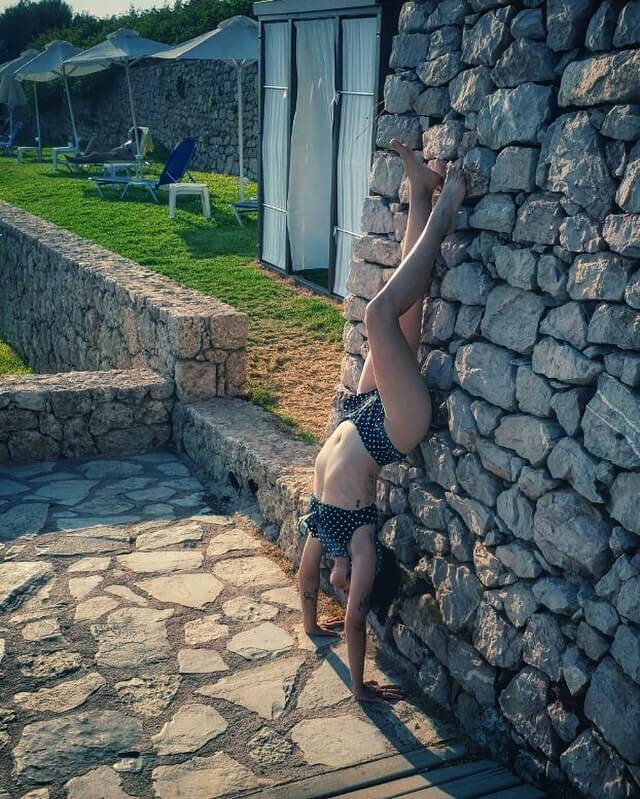
Perhaps if Doss had thought about his actions carefully and evaluated the potential consequences, maybe he would not have done what he did. What he did can be considered more than a little “crazy”. Because he believed and trusted in his faith, he actually thought that he could do it. Faith is what guides many great thinkers, inventors and leaders. Faith gives us hope, a hope that defies logic, a hope that leads to peace, love and beautiful actions. It is also a reflection of our desire to believe in something bigger than ourselves, and in each other.
“Here’s to the crazy ones. The misfits. The rebels. The troublemakers. The round pegs in the square holes. The ones who see things differently. They’re not fond of rules. And they have no respect for the status quo. You can quote them, disagree with them, glorify or vilify them. About the only thing you can’t do is ignore them. Because they change things. They push the human race forward. While some may see them as the crazy ones, we see genius. Because the people who are crazy enough to think they can change the world, are the ones who do.” — Steve Jobs, 1997, Apple TV commercial, “The Crazy Ones”
